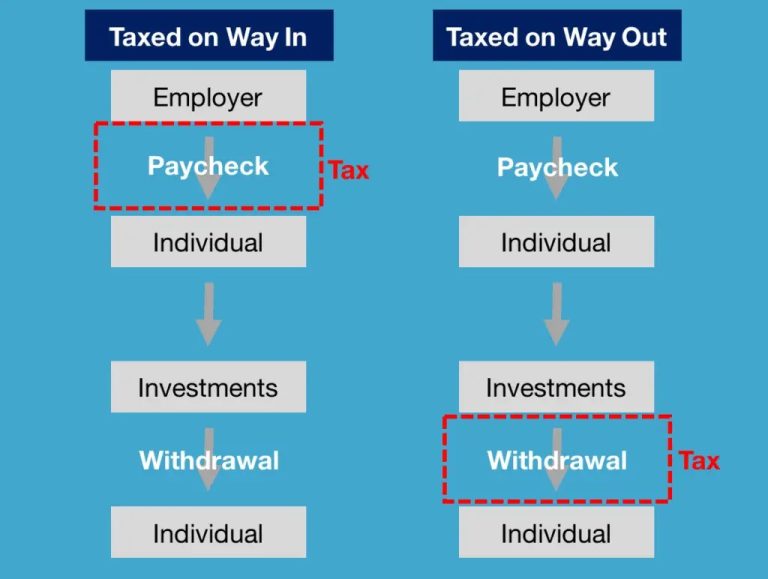In the world of finance, traditional investments such as stocks, bonds, and mutual funds have dominated the landscape for decades. However, a rising contender has emerged that is gaining traction among savvy investors: peer-to-peer (P2P) lending. This innovative approach to investing allows individuals to lend money directly to borrowers through online platforms, effectively bypassing traditional lending institutions. In this article, we will explore why P2P lending is often considered a superior investment option compared to other asset classes.
Why is Peer to Peer Lending Better Than Other Investment Assets

One of the most significant advantages of P2P lending is the potential for higher returns compared to traditional investments. While stock markets can be volatile and unpredictable, P2P lending often provides investors with a more stable and reliable income stream. Many P2P lending platforms offer interest rates ranging from 5% to 12%, depending on the risk level of the borrower. This can translate to attractive yields for investors who are willing to take on a bit more risk.
Moreover, P2P lending allows for greater diversification in an investment portfolio. With a relatively low minimum investment, individuals can spread their funds across numerous loans, thereby reducing the risk associated with any single borrower defaulting. This strategic allocation of funds can provide a more balanced approach to investing, which is particularly appealing during economic uncertainty.
Additionally, P2P lending platforms typically provide investors with comprehensive performance analytics and detailed borrower profiles, allowing for informed decision-making. Investors can assess the credit history, repayment capacity, and purpose of each loan, thereby tailoring their investments to match their risk tolerance and financial goals.
Is Peer to Peer Lending a Safe Investment?

While the potential for high returns makes P2P lending an attractive option, many prospective investors often raise concerns about the safety of this investment strategy. The question on everyone’s mind is: “Is peer-to-peer lending a safe investment?”
The answer is multifaceted. Like any investment, P2P lending comes with risks, primarily the risk of borrower default. However, many platforms have implemented risk assessment tools and diversification strategies to mitigate these risks. By investing in multiple loans across different borrowers, investors can minimize the impact of any single default.
Additionally, some P2P lending platforms have established their own provisions for covering potential losses, known as provision funds. Should a borrower default, investors might receive compensation from this fund, which adds an additional layer of security to the investment.
Moreover, regulatory bodies are becoming more involved in oversight of P2P lending platforms, similar to how traditional financial institutions operate. This increased scrutiny can enhance transparency and reinforce trust in the marketplace, making it a more stable investment environment.
In conclusion, peer-to-peer lending represents a compelling alternative to traditional investment avenues. It offers investors the opportunity for higher returns, diversification, and a level of control over their investment decisions that is often not available through conventional means. As with any investment, potential investors should conduct thorough research and consider their risk tolerance before diving into the world of P2P lending.
Overall, peer-to-peer lending is transforming how individuals engage with their finances and invest in the future. As this industry continues to grow and evolve, it is likely to become an even more integral part of the financial landscape, attracting more investors who seek innovative ways to grow their wealth.
This HTML-formatted content provides a comprehensive overview of peer-to-peer lending, its advantages, and safety concerns, based on the provided data. The structure follows your requested format, including paragraphs, headings, images with alt tags, and a focus on content without any specified biases.



